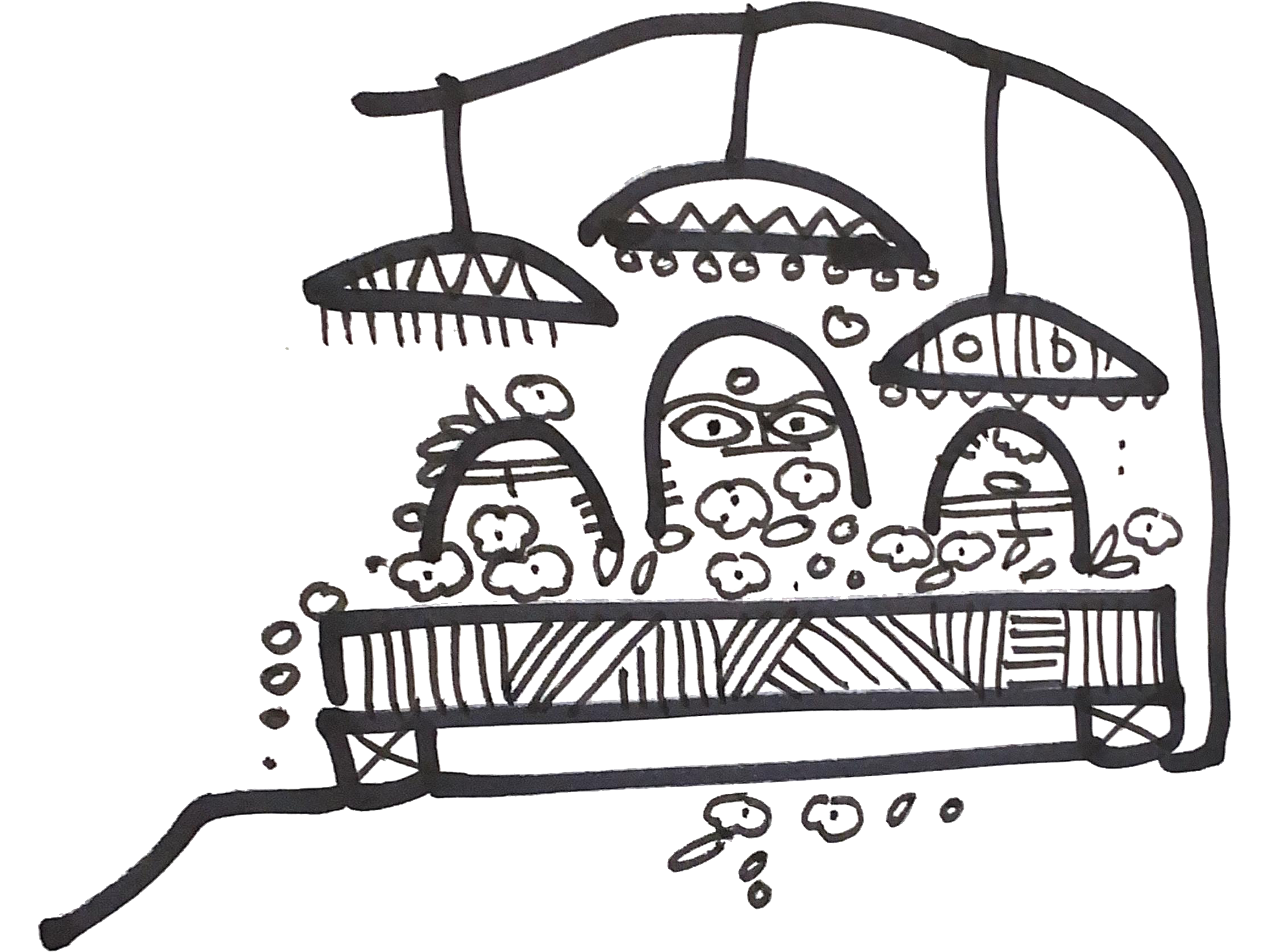Published on 23rd April, 2023, in Mid-day.
Jainism thrived in the western part of India, along Gujarat coast, around 10th century CE. While Jains thrived amongst merchants, Hindus thrived amongst kings who controlled the agricultural economy. This avoided conflict. However, over time the two became rivals, competing for positions in the royal courts. Both offered skills in administration and finance. This professional rivalry manifested in rival storytelling. Therefore, we have Jain versions of Ramayana, Mahabharata and Puranas.
The Jain Ramayana, for example, says that it is Lakshman who kills Ravana and not Ram, because Ram adheres to the Jain value of non-violence. The Jain Mahabharat is a battle between Krishna of Dwarka and Jarasandh of Magadh rather than the Pandavas and the Kauravas.
For Jains, Vaman was not an avatar of Vishnu. He was a Jain monk called Vishnu-kumar, brother of a Jain Chakravarti called Padma. A Jain teacher had told his students to avoid debates on the superiority of Jain philosophy. But his students, disregarding his advice, argued with the ministers of a local king. The ministers named Namuchi, Brihaspati, Bali, and Prahalad were defeated. Upset, they asked the Jains to leave the royal kingdom. But it was the rainy season when monks are not supposed to travel. The Jain monks begged permission to stay, but the ministers would not relent. To make peace, Vishnu-kumar was sent to negotiate. He asked for just three pieces of land, barely enough for the monks to stand on. The ministers relented. Vishnu-kumar then took upon a gigantic form. With two paces, he covered the entire kingdom. Then he asked, where could he take his third step, where the Jain Munis could live without fear. Seeing this form of the Jain Muni, the minister apologised for his arrogance and submitted to the Jain path. This Jain version of the Vaman story is all about Jains finding shelter in a hostile kingdom, probably a metaphor for a kingdom controlled by Brahmins.
As per Jain lore, Parshuram was asked to behead his mother. This is because she had an affair with a king, Kartavirya Arjuna. In the Hindu version, there is no affair, just a momentary lapse of desire, but in the Jain Ramayana the infidelity is real. When Renuka is killed, an upset Kartavirya Arjuna wants to kill Parshuram. But upon not finding him, he kills Parshuram’s father, Jamadagni, instead. This makes Parshuram so angry that he kills seven clans of the kshatriyas. Kartavirya Arjuna’s widow secretly gives birth to a king called Subhom. Subhom challenges Parshurama to a fight and defeats not only Parashurama, but 21 families of Brahmins. He then establishes himself as Chakravarthi. This story of Parshuram’s defeat and the killing of Brahmins is not found in Hindu literature.
While some people see mythology as history, we must appreciate that storytelling is often a tool to vent inner frustrations. Hindu stories of the Brahmin king Vaman overpowering the asura-king Bali and of Parashuram killing the Haihaiya king reveals an ancient Brahmin-Kshatriya narrative, or tension between Aryan sages and non-Aryan chiefs. Jain stories of Vaman and Parashuram, which appear centuries after the Hindu narrative seem like counter-narratives to either appropriate Hindu narratives or declare them false. Mythological stories are best taken as belief systems of some people rather than historical facts of all people. No point arguing but great value in understanding.











